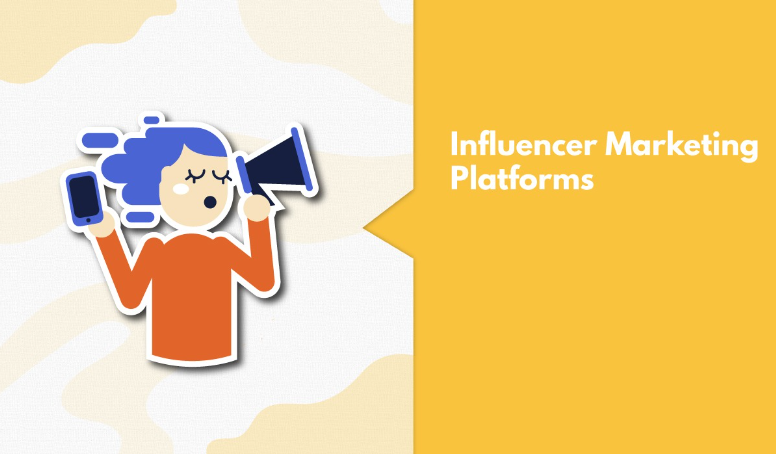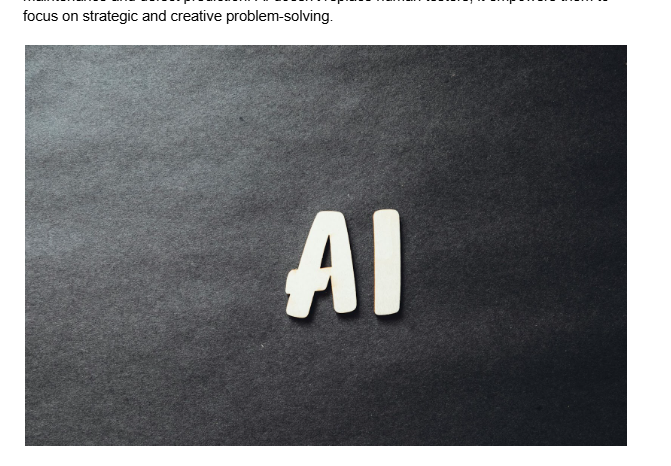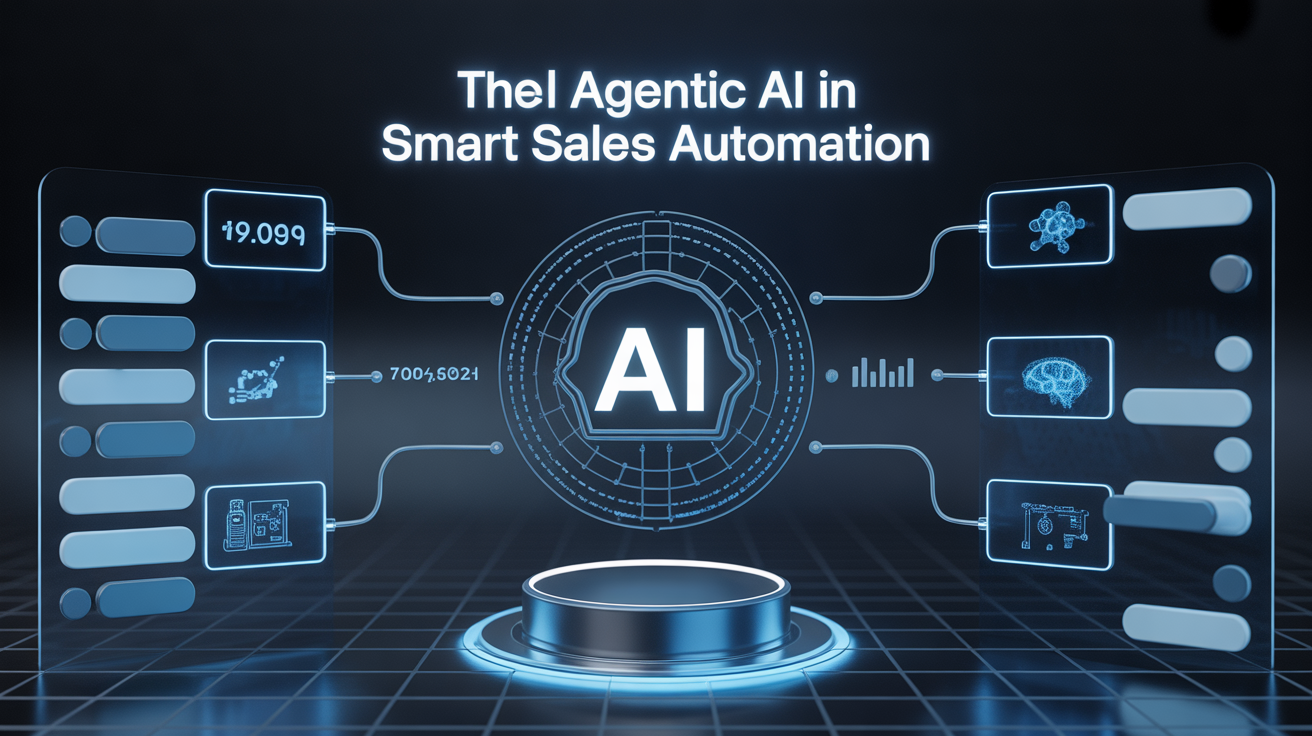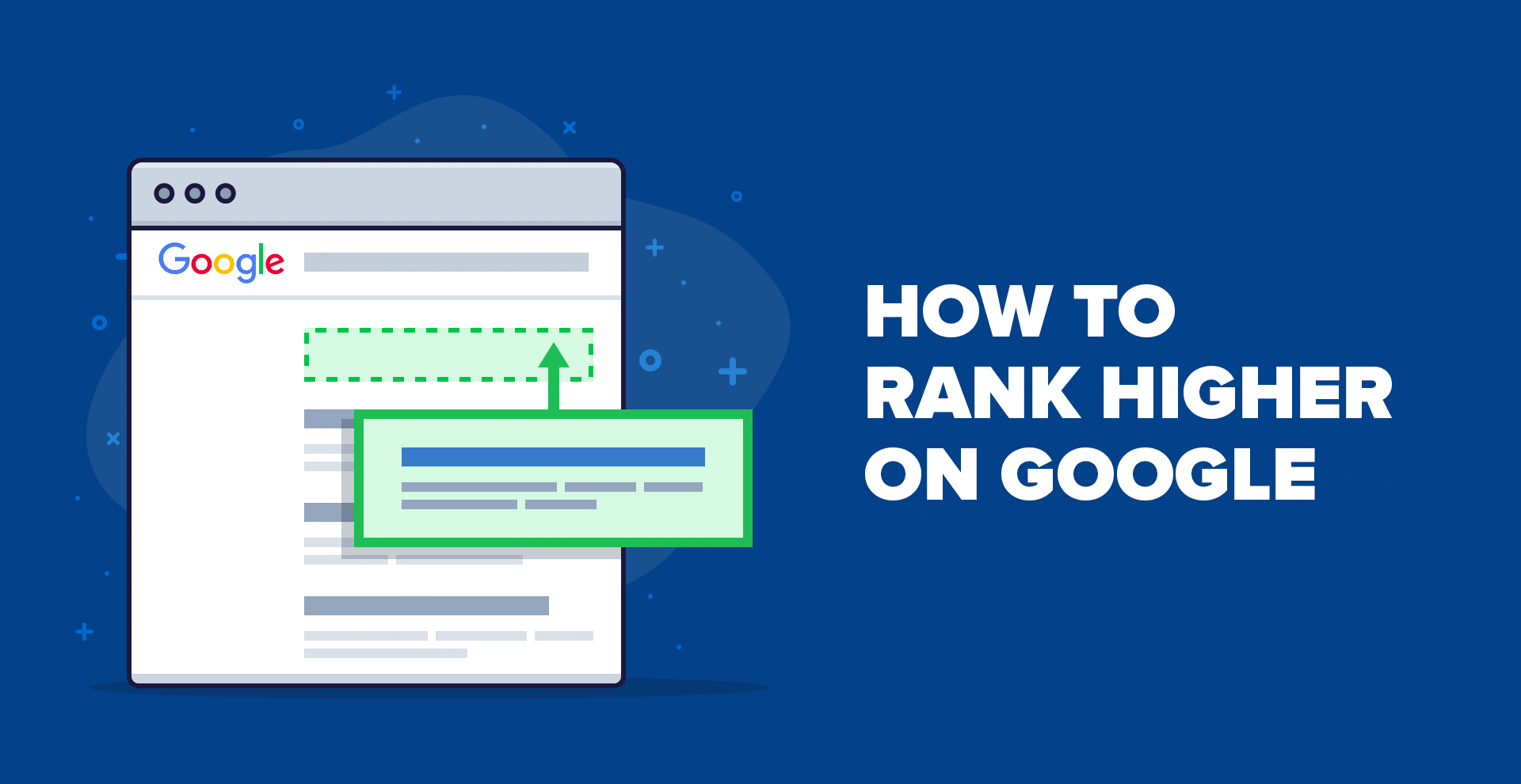
In the ever-evolving landscape of digital marketing, influencer marketing has emerged as a powerful tool for brands to connect with their target audiences. One of the key drivers of success in influencer marketing is user-generated content (UGC). This phenomenon, where consumers create content related to a brand or product, has become a pivotal element in influencer marketing campaigns. In this blog post, we will explore the significance of user-generated content in influencer marketing, its impact on brand authenticity, engagement, and its future in the marketing landscape.
Vmaker AI
Vmaker AI's free AI video generator converts your text, audio, presentation, or video into a human AI avatar video in just minutes. You can customize your video using its built-in AI video editor. Best of all, it offers a free plan with no watermark.
Features:
Text to Video: Convert your text into videos in 2 minutes or less. Simply enter your script and generate AI videos for free. AI Video Editor: The in-built AI video editor with an extensive toolkit makes it easy to customize AI-generated videos. AI Avatar: A library of 100+ avatars with natural facial expressions and hand gestures across 15+ ethnicities. AI Human Voice: It includes stock voices, along with integrations for Amazon Polly and ElevenLabs' human AI voice library. AI Subtitles: Generate and translate accurate subtitles in 100+ languages.
The Rise of Influencer Marketing
Before delving into the role of user-generated content, it's essential to understand the rise of influencer marketing and why it has become a dominant force in the marketing world. With the growth of Influencer Marketing Platforms, individuals with substantial followings have gained the ability to influence their audiences' purchasing decisions. These influencers can be celebrities, industry experts, or ordinary people who have built a dedicated and engaged online following.
Influencer marketing, coupled with influencer campaign measurement tools, leverages the trust and rapport influencers have with their followers. When influencers promote a brand or product, it often feels more authentic and relatable than traditional advertising. This authenticity is what sets influencer marketing apart and makes it so effective in reaching and resonating with consumers.
The Power of User-Generated Content
User-generated content (UGC) is any form of content created by consumers rather than the brand itself. This content can take various forms, including social media posts, reviews, images, videos, AI avatars, and more. In influencer marketing, UGC plays a pivotal role in several ways.
- Enhancing Authenticity
One of the primary reasons why influencer marketing works so well is because it comes across as authentic. When influencers create content that features a brand or product, it feels like a genuine recommendation from someone the audience trusts. However, when that content is user-generated, it takes authenticity to a whole new level.
When regular consumers share their experiences with a product or service, it feels even more authentic and relatable. This authenticity is invaluable for building trust with potential customers. People are more likely to believe and act upon recommendations from their peers than from a brand or celebrity.
- Boosting Engagement
User-generated content tends to generate higher levels of engagement compared to branded content. When consumers see their peers using a product or sharing their experiences, it encourages them to engage with the content. They may leave comments, like, share, or even create their own content in response.
This engagement not only extends the reach of the influencer marketing campaign but also creates a sense of community and connection among the brand's audience. It fosters a two-way conversation, which is essential for building a loyal customer base.
- Providing Social Proof
Social proof is a psychological phenomenon where people assume the actions of others reflect the correct behavior in a given situation. In the context of influencer marketing, user-generated content serves as powerful social proof. Partnering with an influencer marketing agency in Dubai can help brands leverage this strategy to reach diverse audiences and build trust.
When potential customers see others using and enjoying a product, it reinforces the idea that the product is valuable and worth purchasing. It alleviates doubts and hesitations, leading to higher conversion rates. User-generated content essentially acts as a seal of approval from real consumers.
- Filling Content Gaps
Producing high-quality content consistently can be challenging for brands.You can handle consistency using social media automation tools but what about content? User-generated content helps fill this content gap. Instead of relying solely on in-house content creation, brands can use UGC to maintain an active and engaging online presence.
This content variety also allows brands to showcase their products from different perspectives, showing how versatile and useful they can be in various contexts. It adds depth to the brand's narrative and appeals to a broader range of potential customers.
How Influencers Harness User-Generated Content
Influencers themselves are a bridge between brands and consumers, and they play a pivotal role in harnessing user-generated content effectively:
- Encouraging User Participation
Influencers can actively encourage their followers to create user-generated content. This could involve running contests, challenges, or simply asking followers to share their experiences with a specific product or service. When influencers initiate this engagement, it's more likely that their followers will participate.
- Curating and Sharing UGC
Influencers often curate and share user-generated content on their profiles. They do this to showcase the brand's community and to reinforce their own authenticity. This practice not only boosts brand visibility but also motivates their followers to create more UGC.
- Providing Feedback and Recognition
Influencers can engage with the user-generated content shared by their followers by providing feedback, recognition, or even re-sharing it. This interaction creates a sense of belonging and motivates their audience to continue creating content related to the brand.
- Aligning with Brand Values
Effective influencers understand the brand's values and messaging and ensure that the user-generated content they encourage aligns with these principles. This consistency helps maintain the brand's image and message throughout the campaign.
Challenges and Considerations
While user-generated content is a valuable asset in influencer marketing, it's not without challenges and considerations:
- Quality Control
Not all user-generated content may meet the quality standards expected by a brand. Brands must strike a balance between encouraging authenticity and ensuring the content aligns with their image and values. Sometimes, content moderation and guidelines may be necessary.
- Legal and Compliance Issues
Using user-generated content must be done in accordance with copyright and privacy laws. Brands need to ensure they have the necessary rights and permissions to use UGC in their marketing campaigns.
- Maintaining Brand Consistency
Brands should carefully select influencers who align with their values and messaging to maintain consistency. Using too many influencers with varying styles and messages can dilute the brand's identity.
- Tracking and Measurement
Measuring the effectiveness of UGC in influencer marketing can be challenging. Brands must establish clear KPIs (Key Performance Indicators) and track metrics to assess the impact of UGC-driven campaigns.
The Future of User-Generated Content in Influencer Marketing
As influencer marketing continues to evolve, user-generated content is likely to remain a cornerstone of successful campaigns. Here are some trends and developments we can expect to see in the future:
- Micro-Influencers and Niche Communities
Micro-influencers, with smaller but highly engaged audiences, will continue to gain prominence. These influencers are often more relatable and can tap into niche communities effectively. Brands will increasingly rely on them to generate authentic user-generated content.
- Augmented Reality (AR) and Virtual Reality (VR)
Advancements in AR and VR technologies will provide new avenues for creating and sharing user-generated content. Consumers will have more interactive and immersive ways to engage with products and brands.
- User-Generated Video Content
Video content, especially short-form videos like those found on platforms like TikTok and Instagram Reels, will become even more prevalent. Brands will leverage user-generated video content to tell compelling stories and showcase their products. Tools like an AI video generator can help create captivating and professional videos, making the process smoother and more efficient. Additionally, using apps like the Imaginn app can streamline the video creation process, providing even more creative control and helping brands produce high-quality content efficiently.
- AI-Powered UGC Insights
AI development and artificial intelligence plays a significant role in analyzing and deriving insights from user-generated content. Brands will use AI tools to understand consumer sentiments, preferences, and trends more effectively, enabling them to tailor their campaigns accordingly.
In today's digital age, businesses are constantly exploring innovative strategies to reach their target audiences and promote their products or services. Two key components of this modern marketing landscape are influencer marketing and VPS (Virtual Private Server) hosting. Let's delve into the context surrounding these two elements and explore how they intersect in the realm of digital marketing.
The Intersection of Influencer Marketing and Miami dedicated servers:
Miami, known for its vibrant culture, stunning beaches, and thriving business landscape, has emerged as a hotspot not only for tourists but also for the tech and influencer marketing industries. As businesses increasingly rely on digital infrastructure to support their online presence, the need for reliable hosting services, such as dedicated servers, has grown significantly. In this dynamic environment, the intersection of influencer marketing and Miami dedicated servers presents a compelling case for businesses looking to enhance their online reach and engagement.
Conclusion
User-generated content has become an integral part of influencer marketing, providing authenticity, boosting engagement, and offering social proof. Influencers play a crucial role in harnessing UGC and driving successful campaigns. However, brands must navigate challenges related to quality control, legal compliance, and brand consistency. As the marketing landscape continues to evolve, user-generated content is poised to remain a vital element in influencer marketing, adapting to new technologies and consumer behaviors to drive brand success. To stay competitive, brands must embrace this trend and leverage the power of user-generated content in their marketing strategies.



